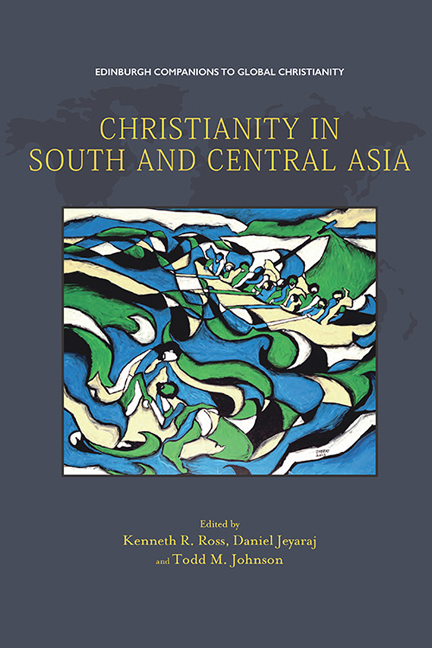Caste and Christianity in India
Published online by Cambridge University Press: 30 April 2020
Summary
The ancient Indian cultural practice of the caste system forms the backbone of Hindu social order. It maps onto the geographical diversity of language, culture and religion, most importantly constructing a distinct system of repressive social stratification in the subcontinent. The concept of ‘Hindu’ or ‘Hinduism’ itself is highly contested because it cannot be perceived in the same order as other ‘world religions’. As an academic construct, Hinduism rather refers to a wide variety of theologies, mythologies, cultic practices and philosophies spread across India. Hinduism signifies the disparate religious practices across the Indian subcontinent. As the complexity of defining Hinduism illustrates, opinions can differ on the historicity of the caste system. Interestingly, the term ‘caste’ is Portuguese in origin, derived from the Latin castus (chaste, the unadulterated, pure breed), and came into common usage during Portuguese colonial rule. Caste, as an expression, was used to designate the complex social system, as it did not fit into the early classifications of European anthropologists. The designation became consolidated during British colonial rule of the Indian subcontinent. Observance of the caste system can be found across South Asian countries, not restricted to the Hindu communities alone but permeating every other religious community in the region, as part of the cultural fabric of the subcontinent.
Caste, Varna and Jāti
Over the years, understanding of the caste system has evolved and become synonymous with the varna system as well as being considered identical to various other social classifications in Indian society. The term ‘caste’ needs to be used with caution, as it carries several meanings in modern understanding and the system of social stratification tends to be very complicated. One of the ideological sources of the caste social structure can be found in Hindu Dharma as outlined in Manusmriti or Laws of Manu. Various studies point to the fact that there is a possible merger of two social structures, the varna (colour/vocation) class divisions and the jāti (birth) divisions. There are further divisions on the basis of purity and pollution, primarily at the religious ritual level but also with significant social consequences in the form of untouchability as well as occupational relations.
- Type
- Chapter
- Information
- Christianity in South and Central Asia , pp. 408 - 419Publisher: Edinburgh University PressPrint publication year: 2019

